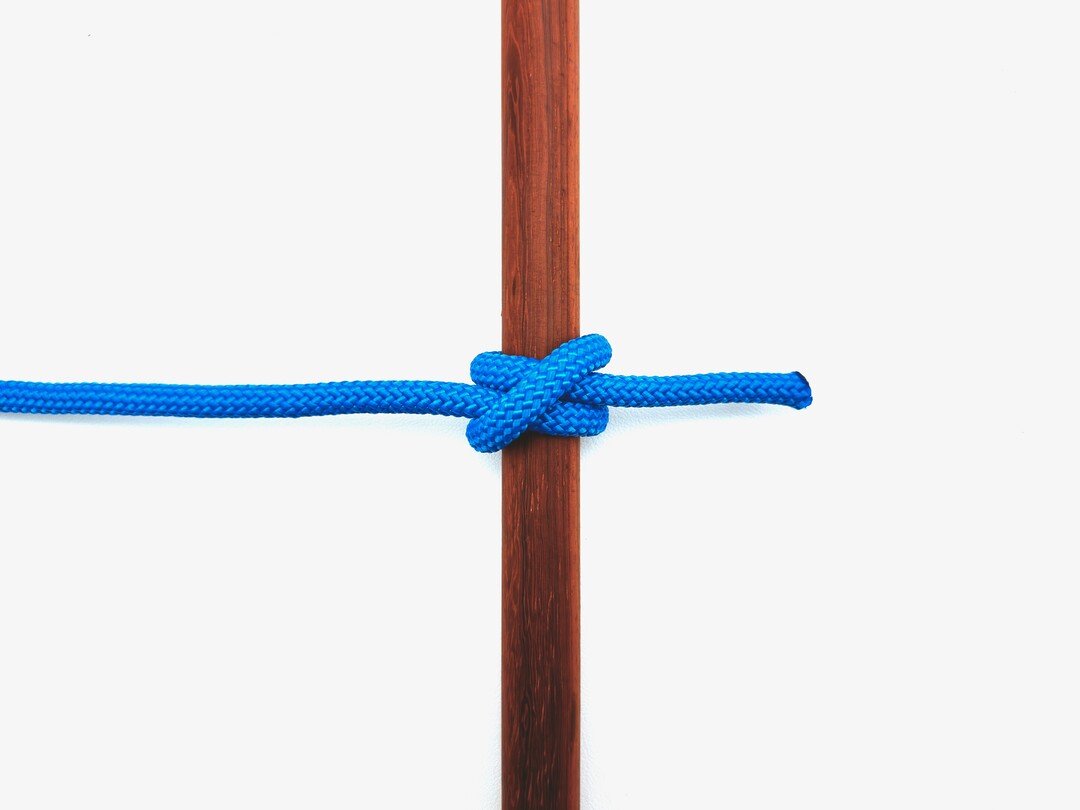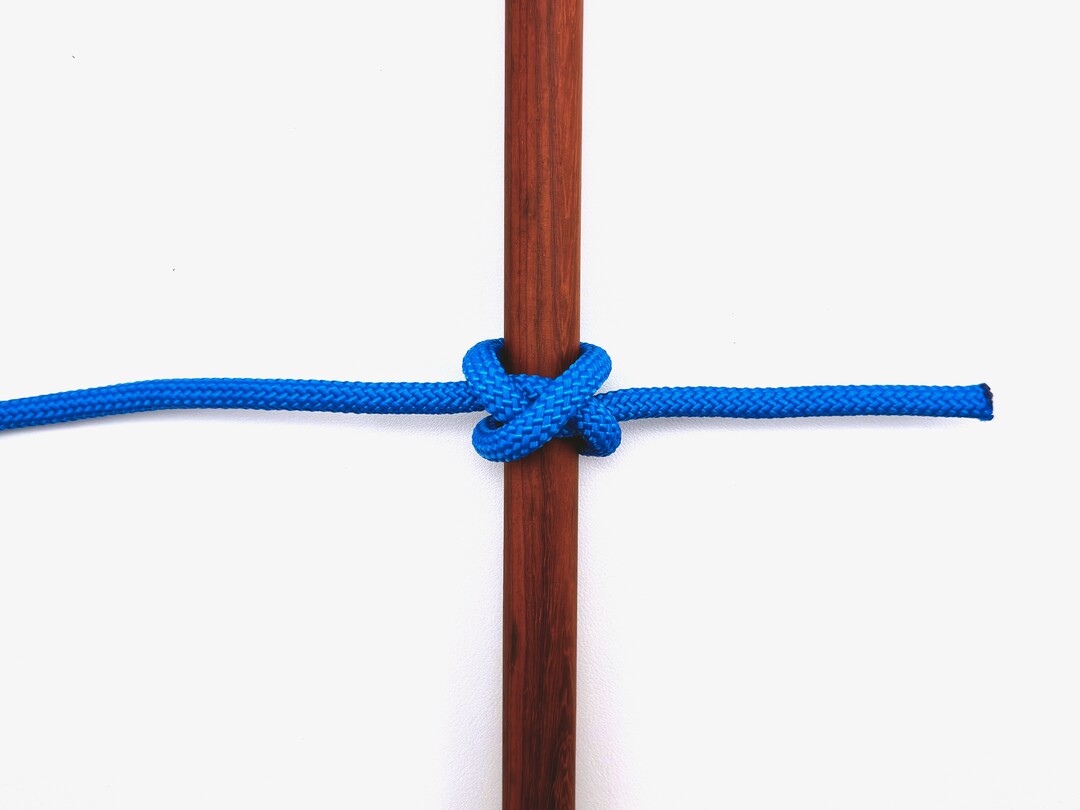
Step-by-Step Instructions
Step 1
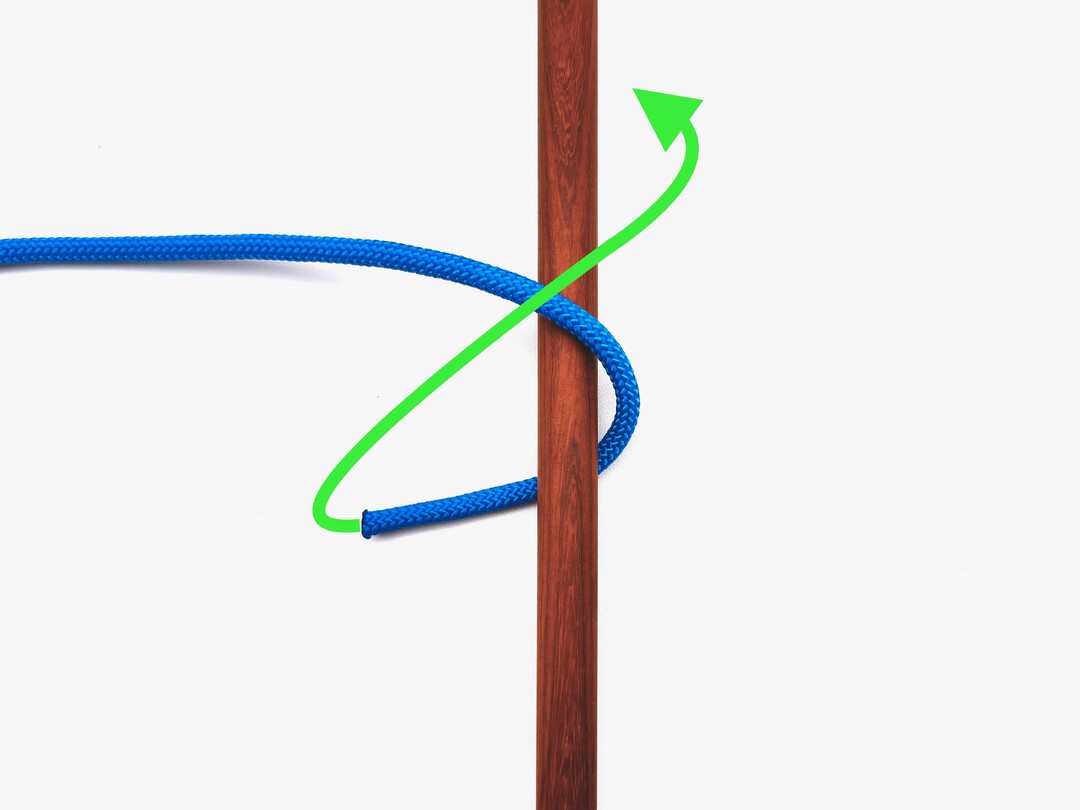
Step 2
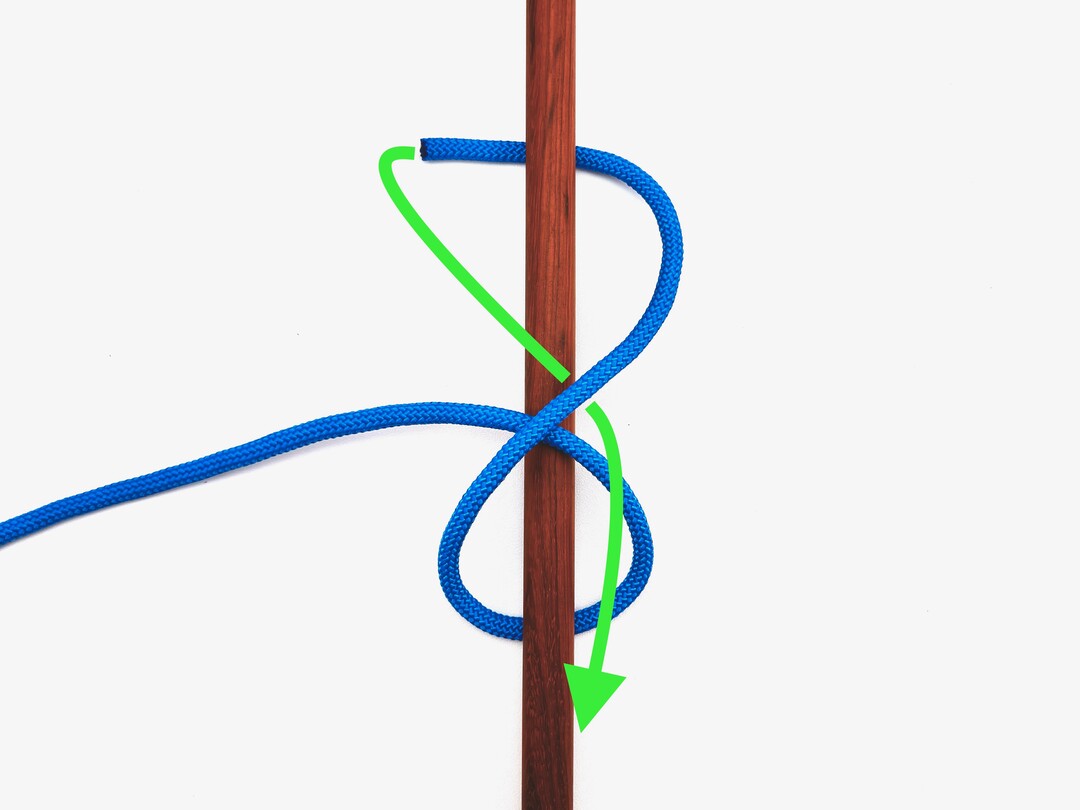
Step 3
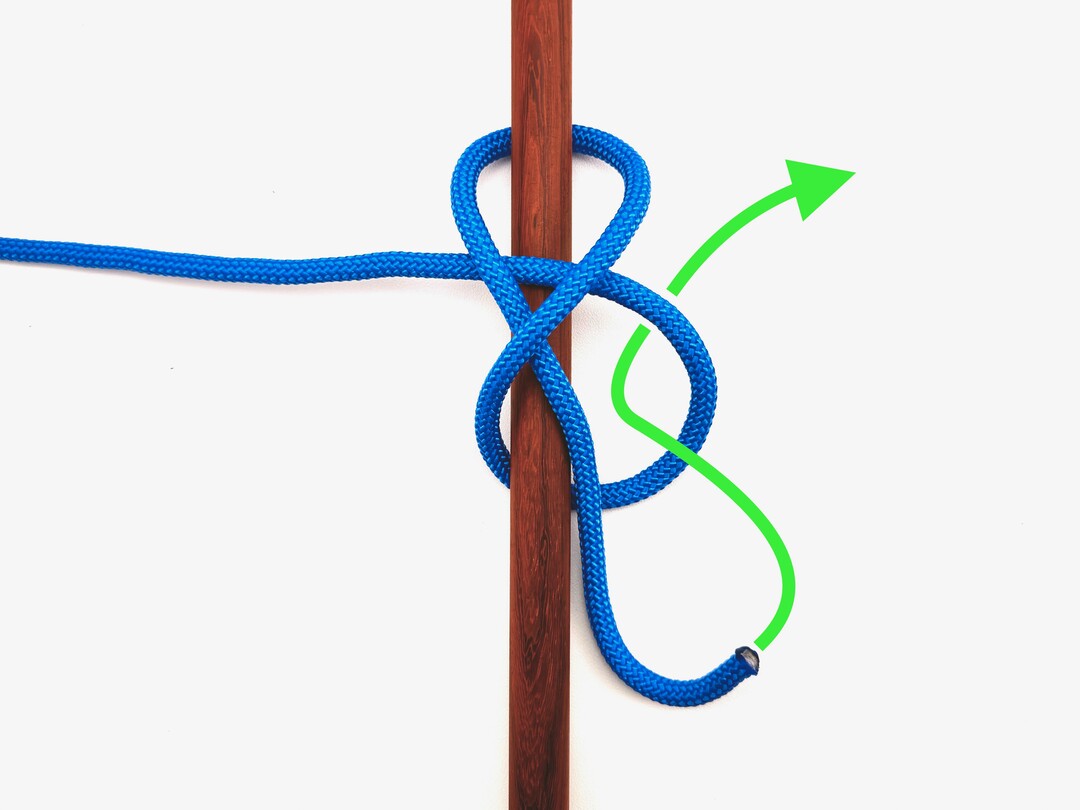
Step 4
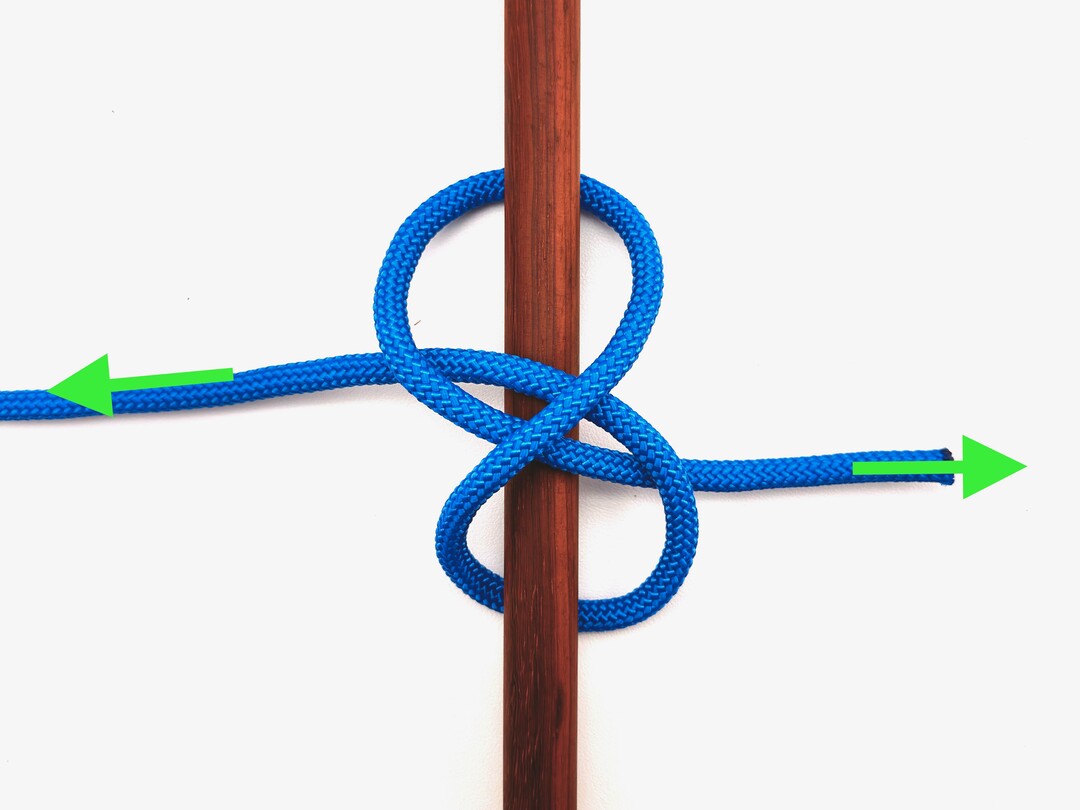
Step 5

Constrictor Knot (Rope End)
Secure binding for temporary or semi-permanent use.
The Constrictor Knot is ideal for secure temporary or semi-permanent binding, especially effective with small lines due to its concentrated force. It excels in situations requiring firm attachment, such as binding rope fibers during splicing or cutting, and can serve as an improvised hose clamp or cable tie. However, its severe bite can damage soft materials, making stiff cord preferable in such cases.
Also Known As
- Gunner's Knot
- Whip Knot
- Timber Knot
- Timmerknut
Advantages
Provides a secure, tight binding ideal for temporary or semi-permanent applications. Effective with small lines and versatile for multiple purposes like securing rope fibers or acting as an improvised clamp.
Disadvantages
Aggressive tightening can damage soft materials and make it difficult to untie. Not suitable for frequent adjustments or easy untightening.
